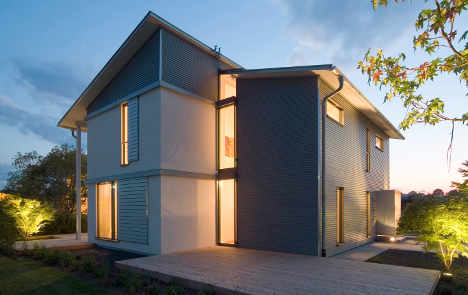Driven by historically low interest rates and a fear of other investment opportunities, more Germans are opting to build homes, according to a report in the Frankfurter Allgemeine Zeitung newspaper.
The federal statistics office said on Tuesday that applications for building permits rose 6.2 percent in the first nine months of 2012, to 178,100.
Andreas Geyer, chief economist with ZDB, a federation of construction firms, told the paper that the pace of new permits has slowed somewhat in recent months, but that conditions remained favourable. “Employment is strong, income is high, and financing costs are low,” he said.
He said he did not think the country was in danger of a housing bubble, because both real estate prices and rents were climbing, and there was not an inordinate increase in building loans.
Germany’s Federal Bank is closely watching the housing market, the paper said, and has indicated in its current financial stability report that it would step in should prices become excessive.
Prices for new housing units in the seven largest German cities rose by nine percent in the past year, up from a five-percent increase the year before, the paper reported. The Bundesbank is assuming that this development will continue.
New housing is currently driving growth for the construction industry. The ZDB expects almost seven percent more revenue from this branch in 2012, and an increase of between four and six percent next year, according to the paper.
The Local/mbw



 Please whitelist us to continue reading.
Please whitelist us to continue reading.
Member comments